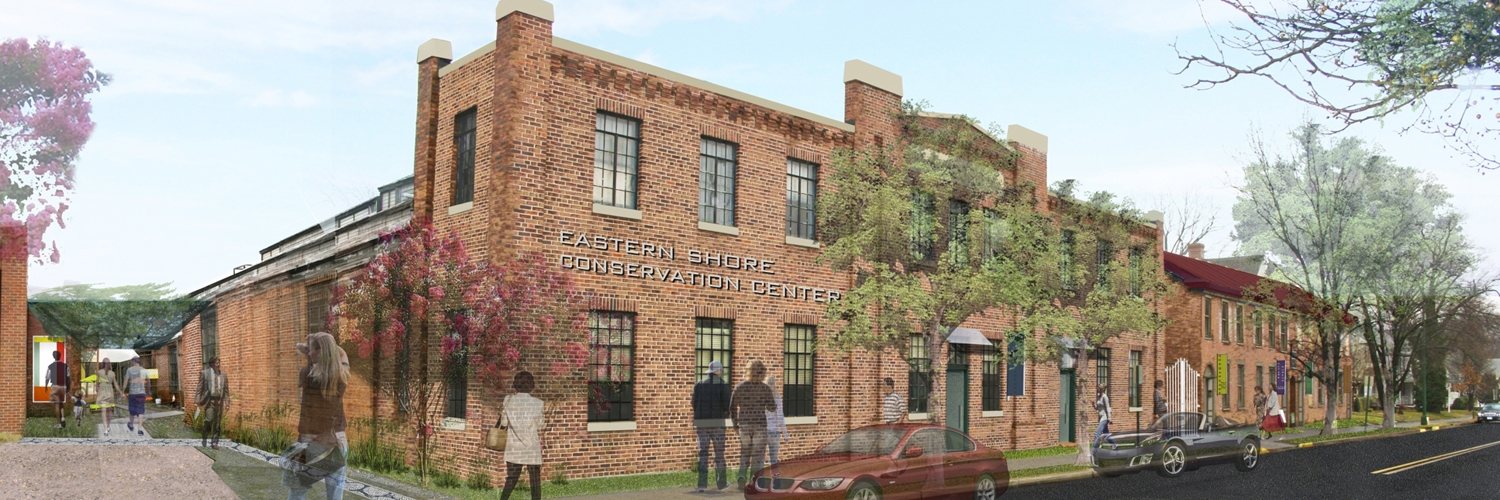Pop Up event draws solid crowd for Shore Explorations exhibit
On Tuesday, October 4th, ESLC and UMCES Horn Point Laboratory co-hosted a pop up party at the Waterfowl Building in downtown Easton. The occasion - to highlight our organizations' current projects and new, museum-quality pieces that are currently featured in the Shore Explorations exhibit. Approximately 100 locals came through the doors between 5pm and 7pm, speaking with staff, viewing slideshows and exhibit materials. Free beverages and snacks were made available to party attendees. Many thanks to Shore Explorations creator Patrick Rogan, who created the exhibit in order to show the synergistic relationships between the cultural, historical, and scientific/environmental qualities that make the Eastern Shore a truly special place. Rogan also worked closely with Talbot County Public Schools, the Talbot Historical Society, and the Frederick Douglass Honor Society during his Bicentennial year. ESLC's new images and multimedia exhibit pieces will be on display at its 2018 Party to Preserve event, held on Saturday, October 27th at Chateau Bu-De in Chesapeake City, MD.







